Saguaro National Park is comprised of two geologically separated tracts of land on opposite sides of town, the Tucson Mountain District (West) and Rincon Mountain District (East). Our RV park is only about 10 miles from the Saguaro West, but about 30 miles from Saguaro East (our destination for the day). Since we had previously visited the Tucson Mountain District, today we drove to Rincon Mountain District with our friends, Liz and Mike.
Our first stop, as always, was the Rincon Mountain Visitor Center.
There are some great exhibits here. This chart of the saguaro cactus shows that they are less than an inch tall at 5 years old and can grow to 40+ feet at age 150!
There are some great exhibits here. This chart of the saguaro cactus shows that they are less than an inch tall at 5 years old and can grow to 40+ feet at age 150!
We picked up a brochure about Cactus Forest Drive ($2) that is an 8-mile one-way, paved, loop road that begins near the Visitor Center. Here’s the view from the beginning of the drive.
At the Sonoran Desert Overlook you can see cactus of all kinds. This huge staghorn cactus appears red in the afternoon light.
When Saguaro National Monument was established in 1933, this area seen from the Cactus Forest Overlook was the largest and densest stand of saguaro cactus in Arizona. By 1980 almost all of the saguaros were gone. The National Park Service acquired grazing rights here because decades of cattle trampling on saguaro seedlings killed most plants. Today the area is gradually recovering and saguaros can again be seen.
Here are a couple of saguaros that caught my eye. The first is a spear (no arms) and you can see that it is an advanced age due to the deterioration in the middle. And the next is a healthy mature saguaro with many healthy arms.
The short Desert Ecology Trail follows Javelina Wash and has interpretative signs about the plant and wild life.
Below are snaps of Liz with a mature saguaro, fishhook barrel cactus, giant staghorn, yucca, and pencil cholla. I find the plant life here fascinating!
At the Rincon Mountain Overlook the Tanque Verde Ridge is visible. Grasses grow on the foothills as saguaros are not found at 4,000’ elevation of higher. Mixed-conifer and pine forests can be found at higher elevations.
We spent some time walking around at the Javelina Rocks Overlook. Ancient granite, Catalina Gneiss, was pushed to the surface by movements in the earth’s crust. Javelinas (collared peccaries) can be found here, although we did not see any. The javelinas travelled north to AZ from Central America over the last several hundred years. Jaguars, their predators, are sometimes seen in the area. Rock squirrels, scorpions, and rattlesnakes also make their home in the crevices of these rocks.
Our final stop on the loop drive was the Desert Living Overlook. Just beautiful!
Whenever we visit a National Park, I always feel so grateful to those who had the foresight to preserve these unique natural wonders. Both districts of Saguaro National Park are worth a visit.
Admission is $20/vehicle for a 7-day pass that is good at both districts. Our senior pass, of course, gets us in for free. For additional information, go to www.nps.gov/sagu.
Admission is $20/vehicle for a 7-day pass that is good at both districts. Our senior pass, of course, gets us in for free. For additional information, go to www.nps.gov/sagu.
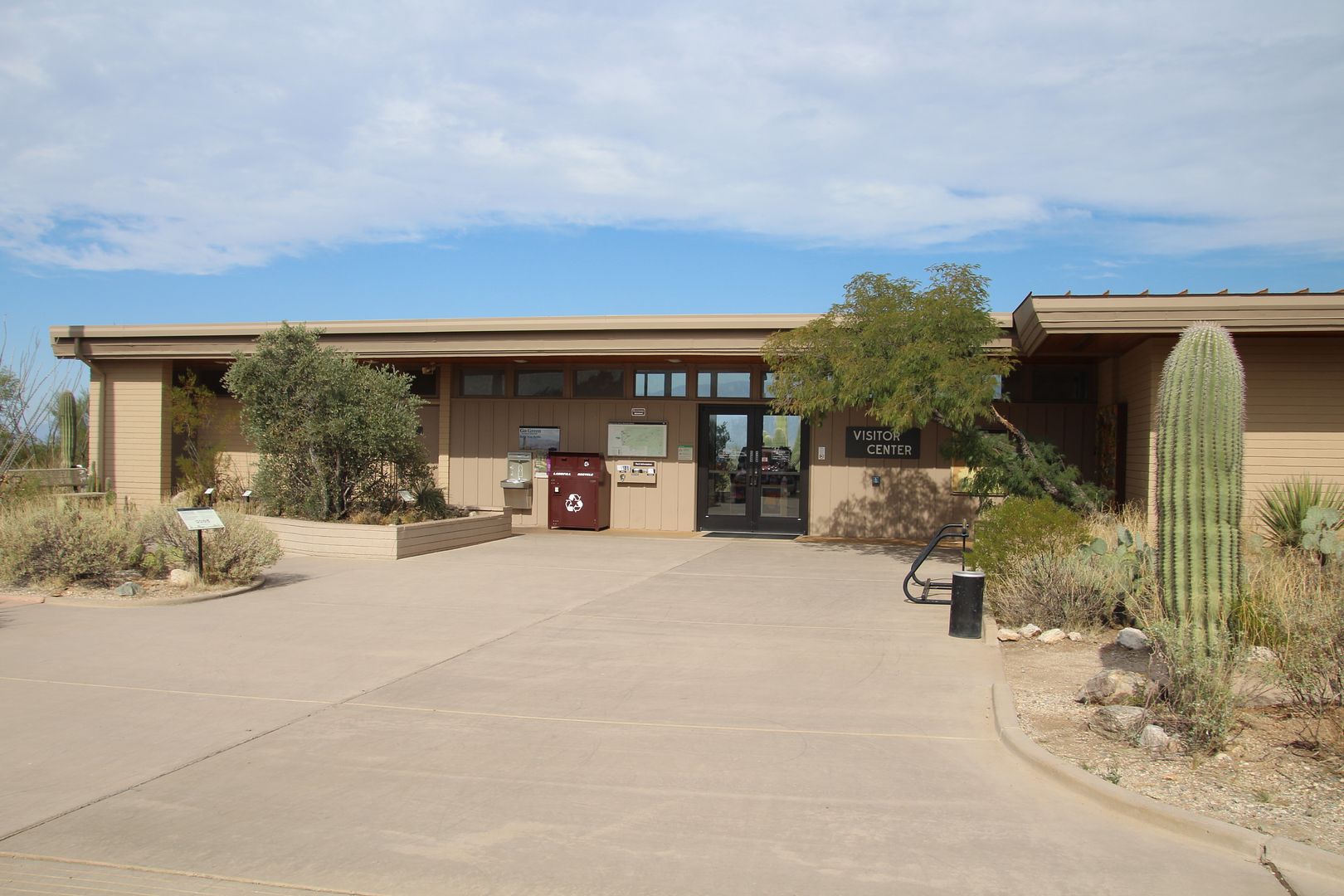
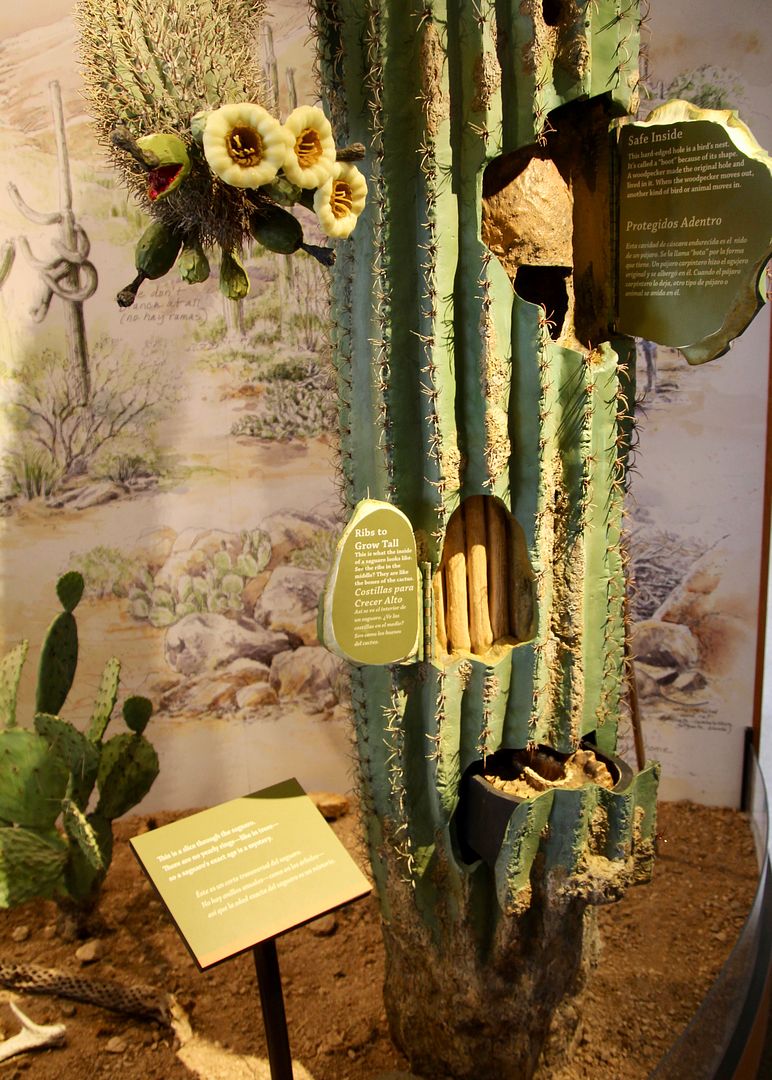
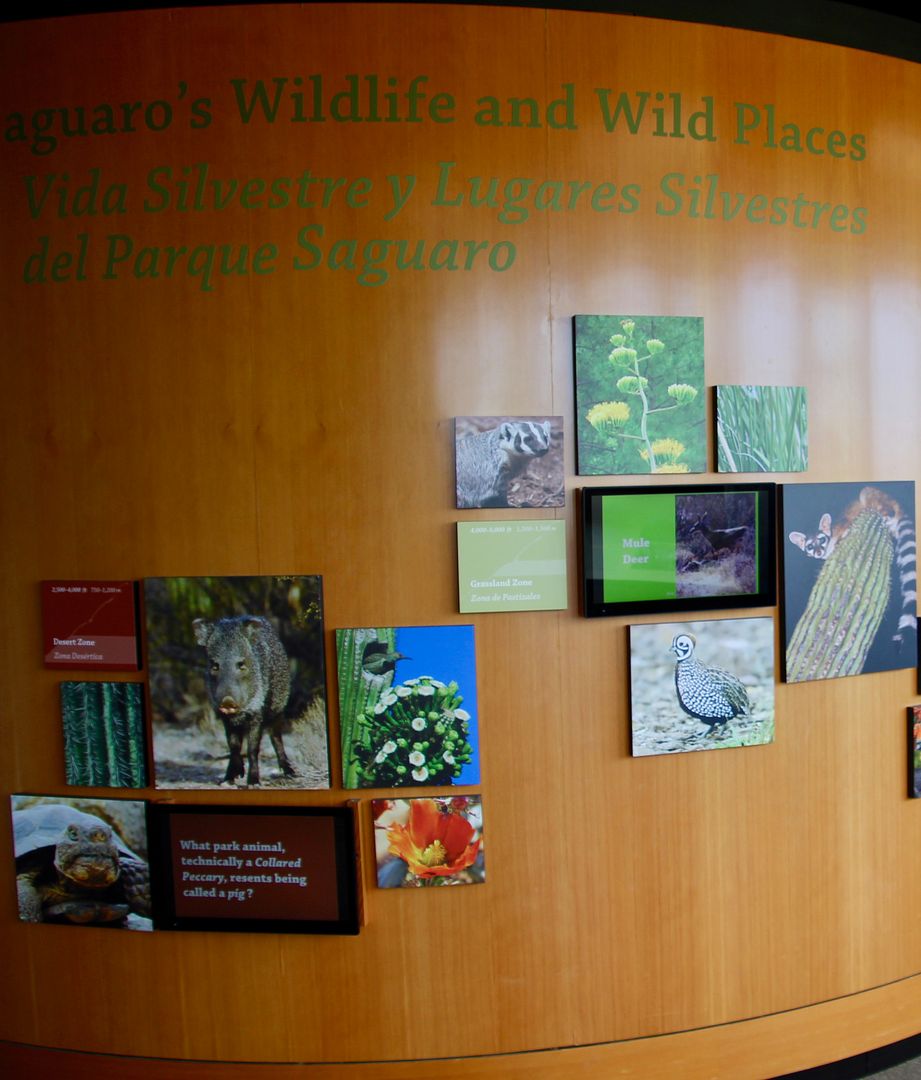


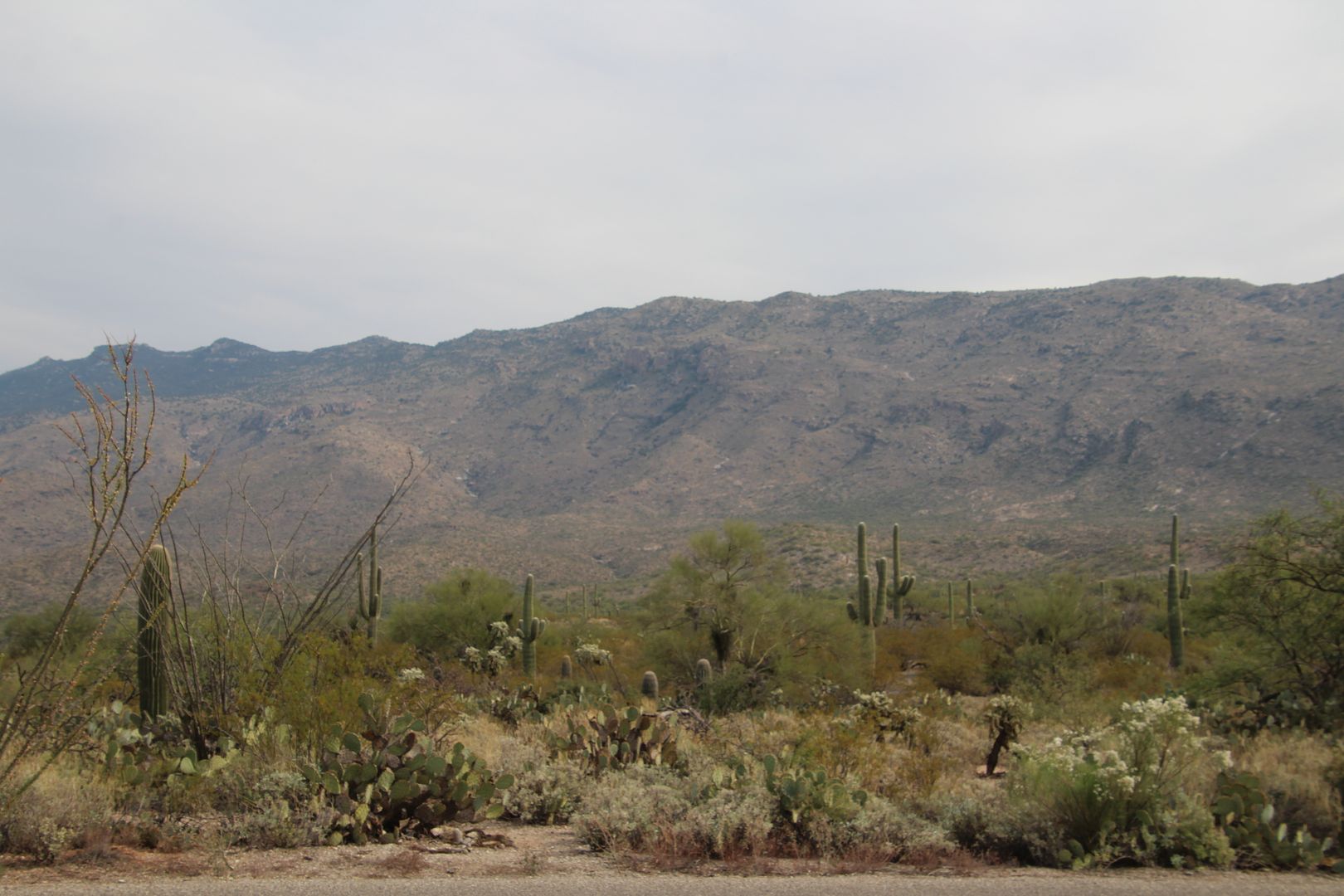
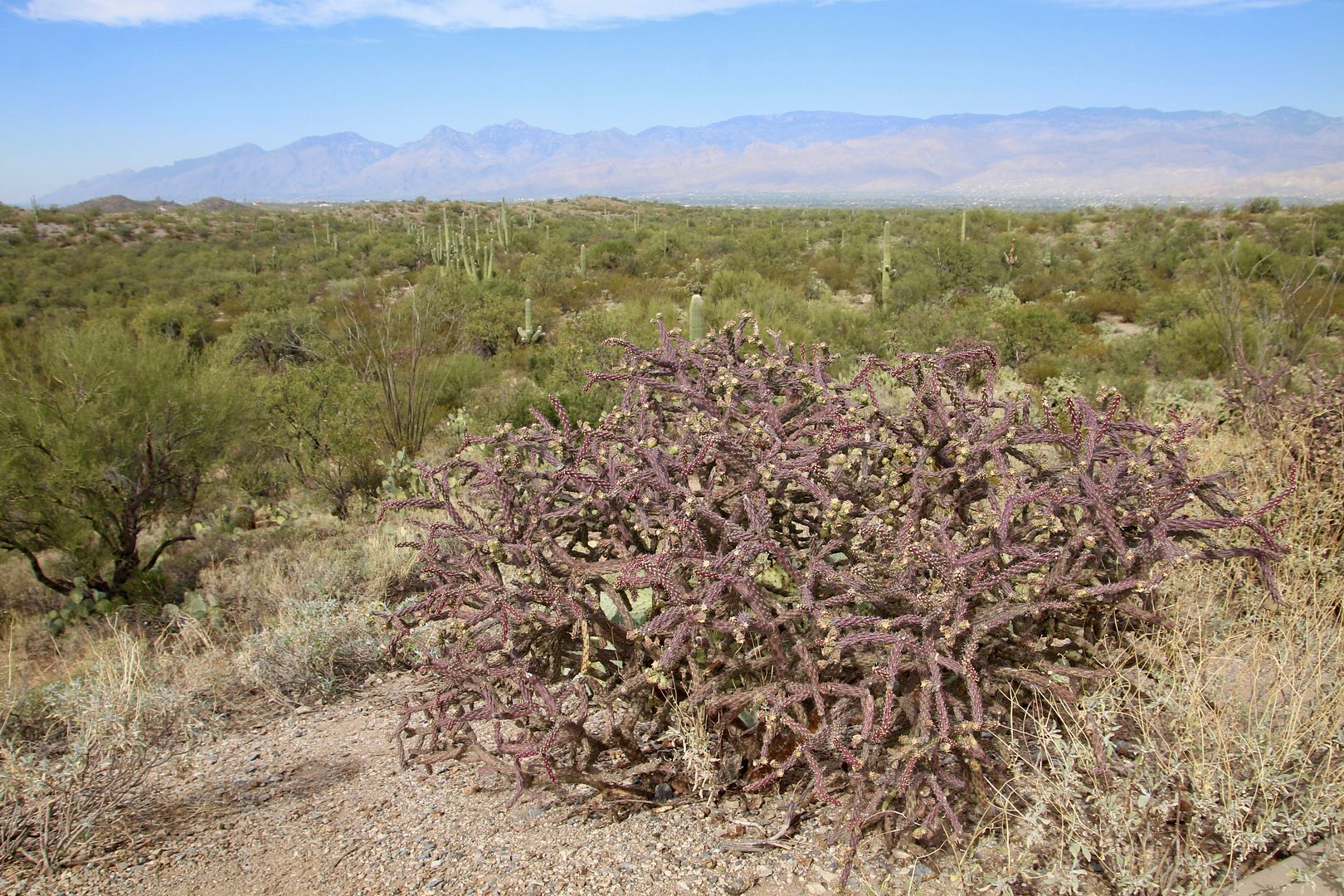
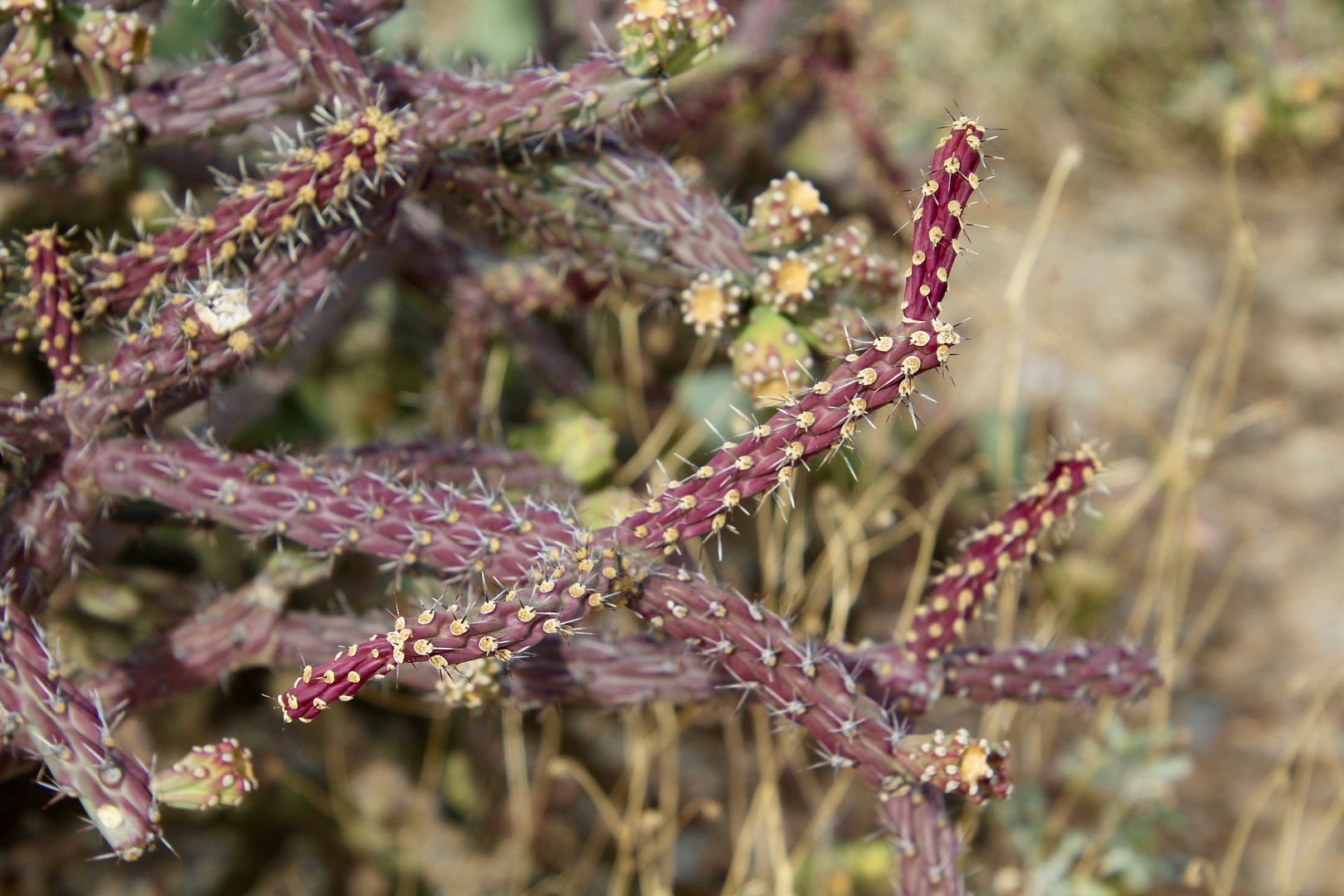
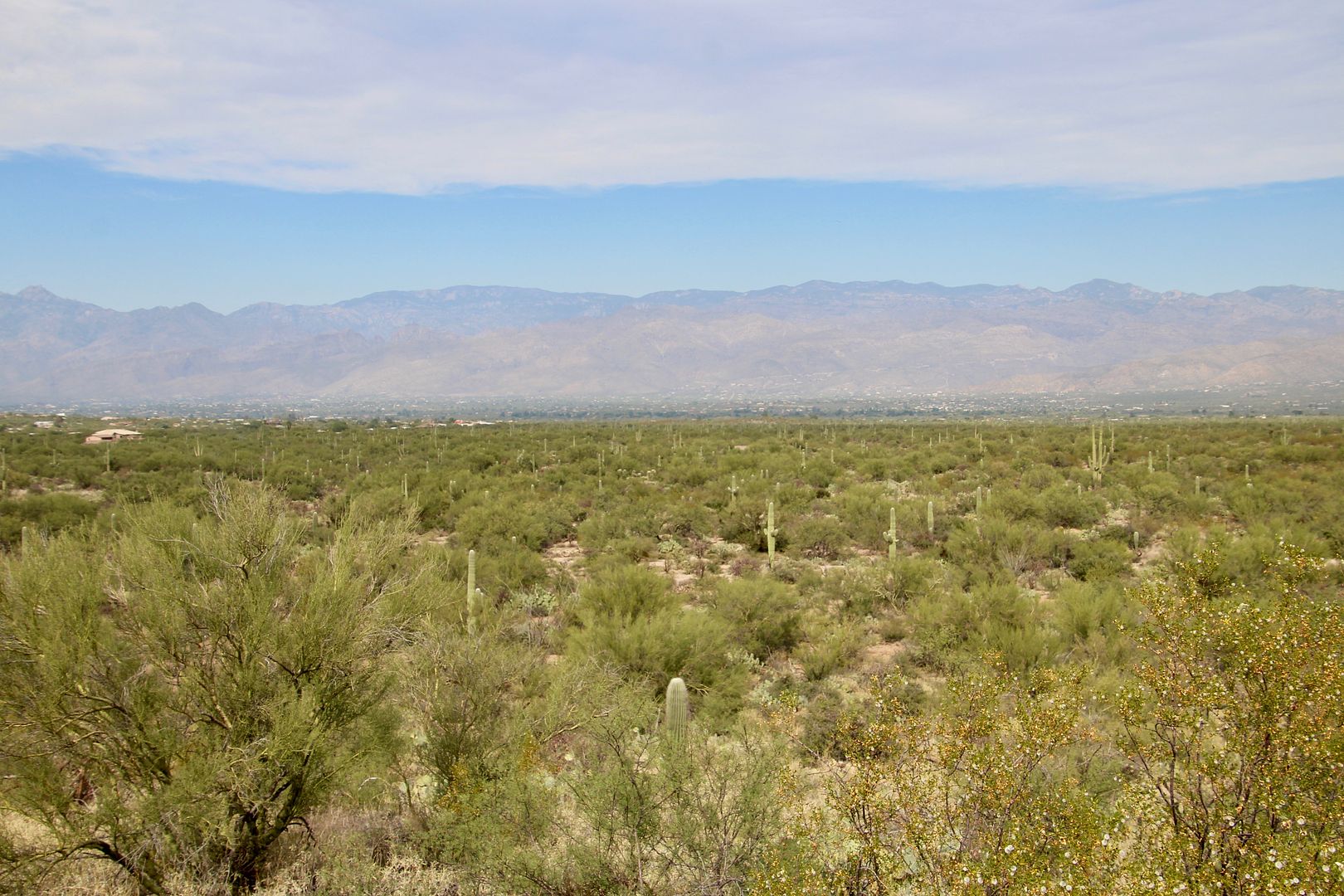
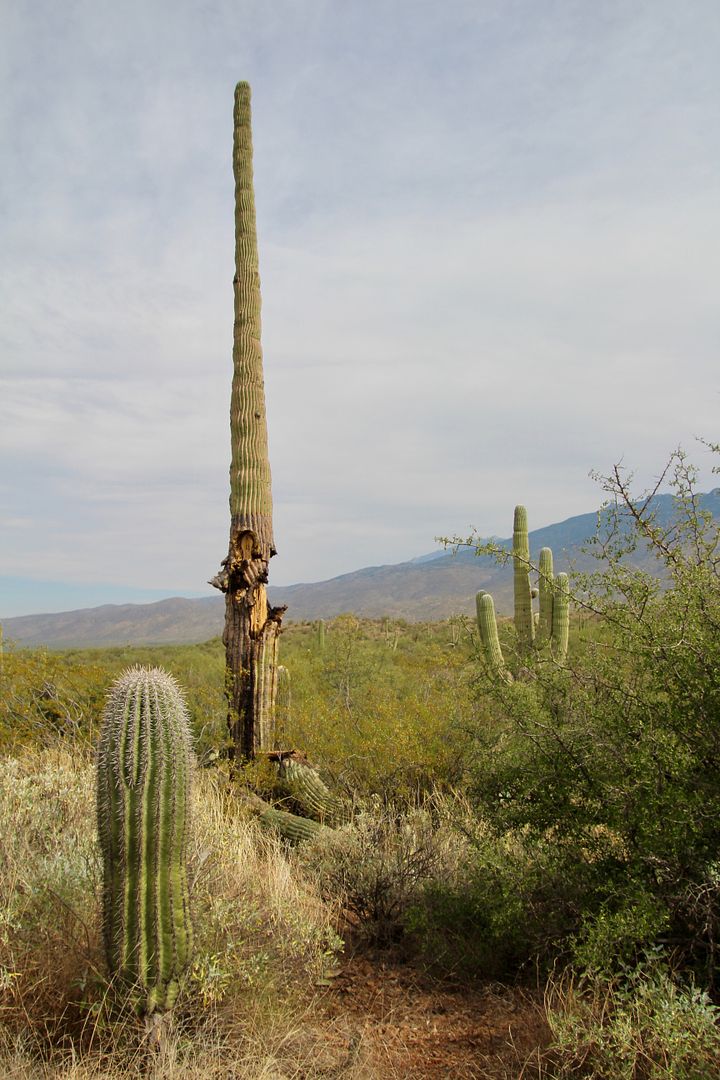
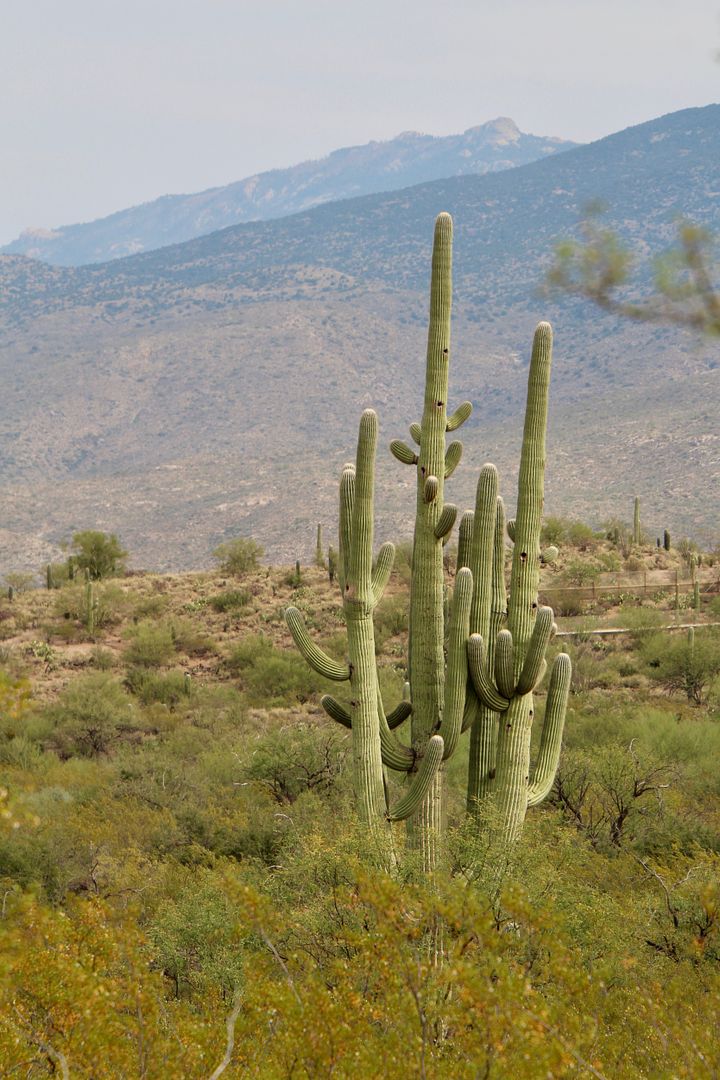
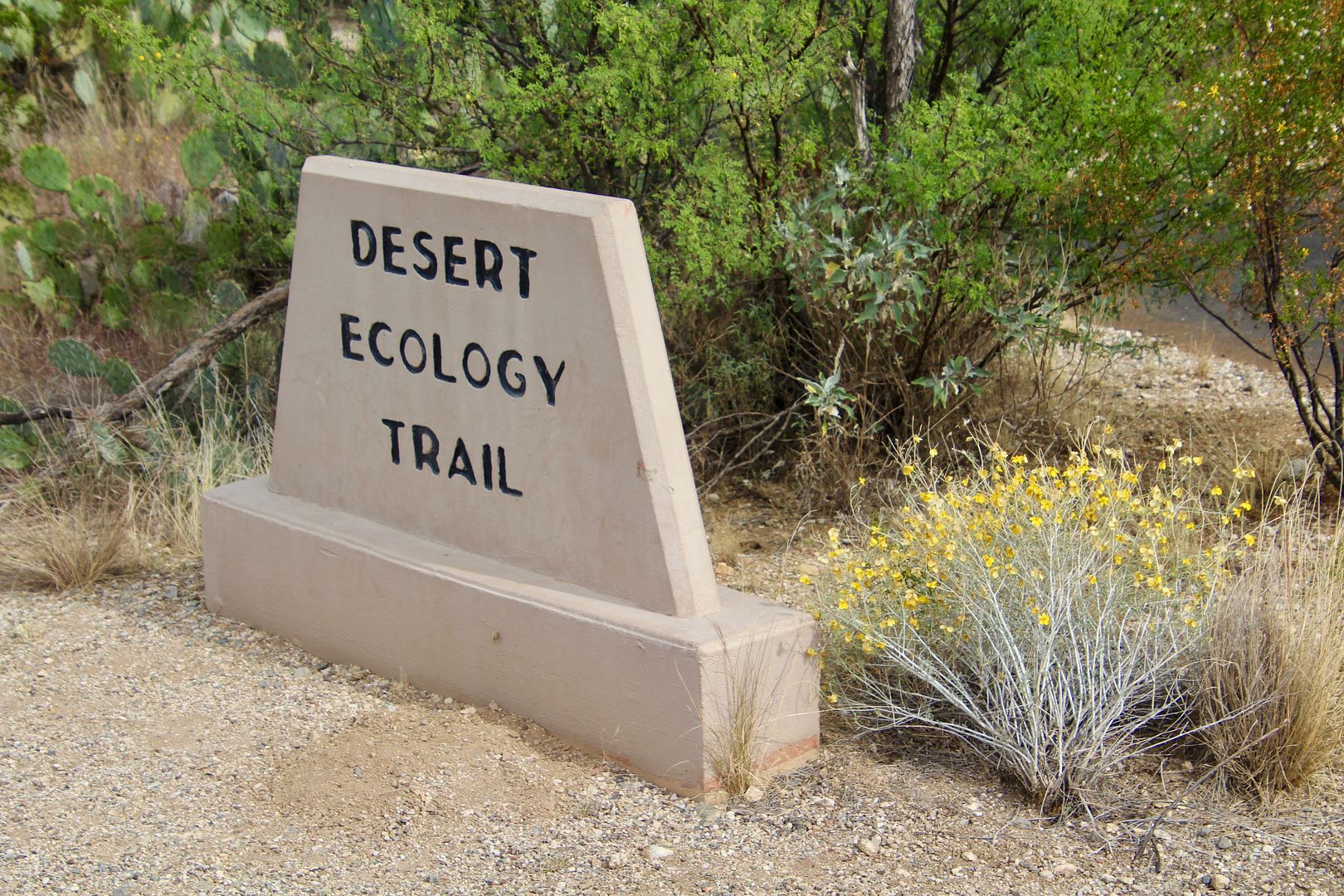
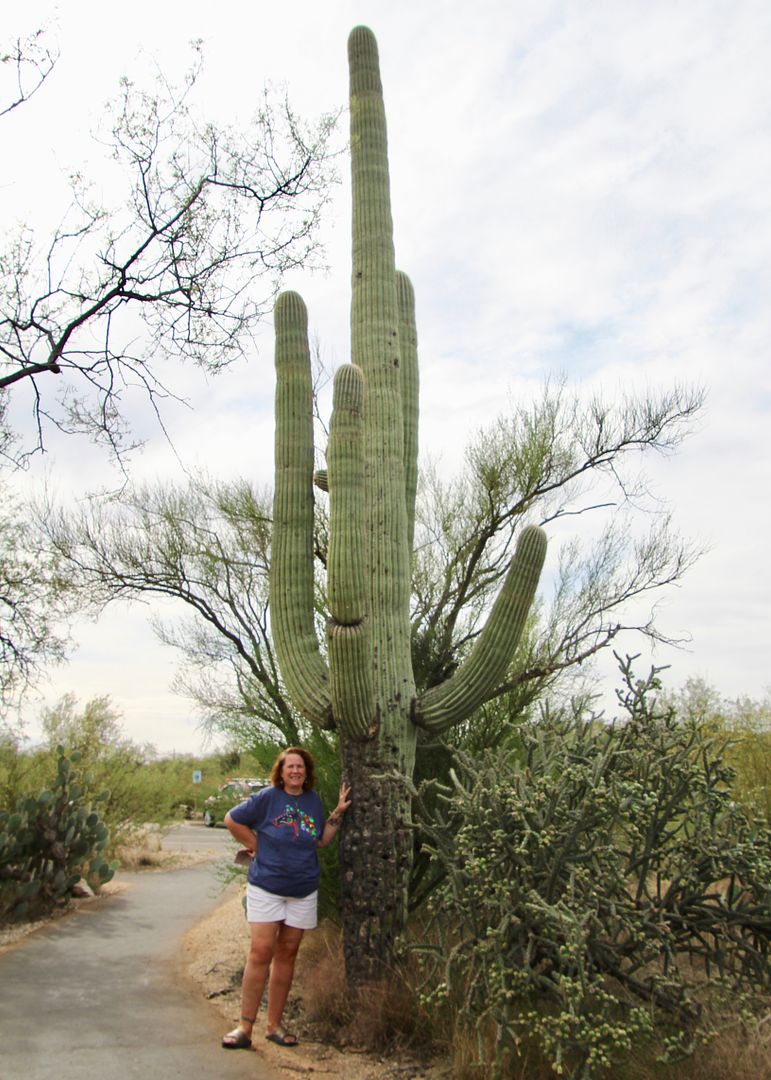
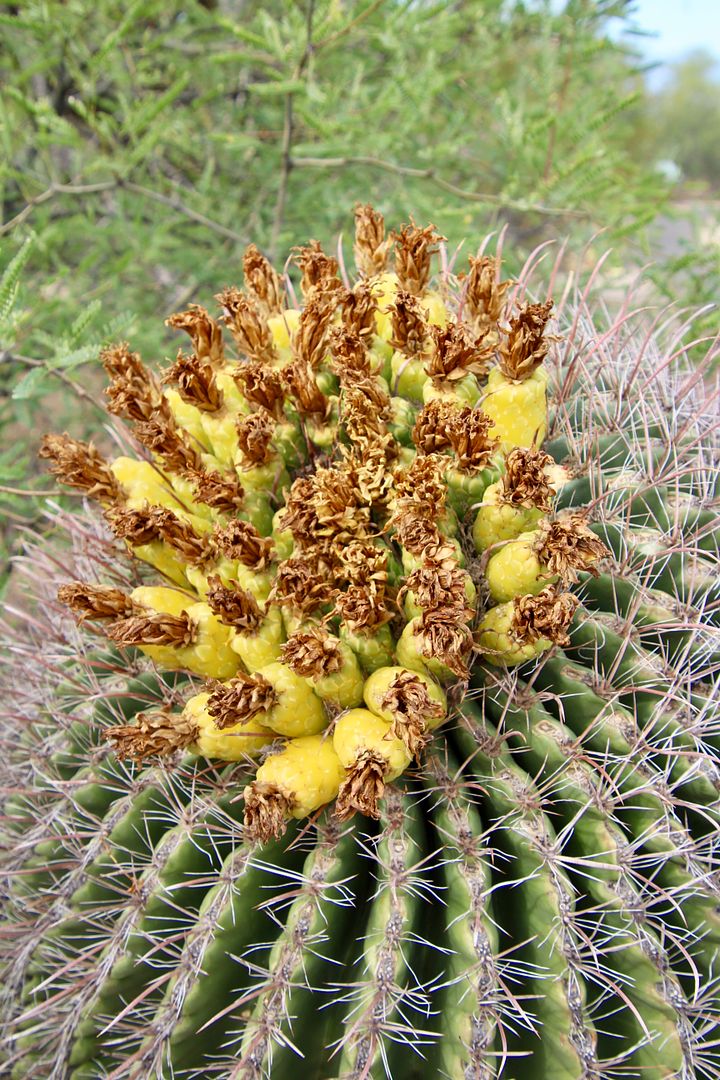
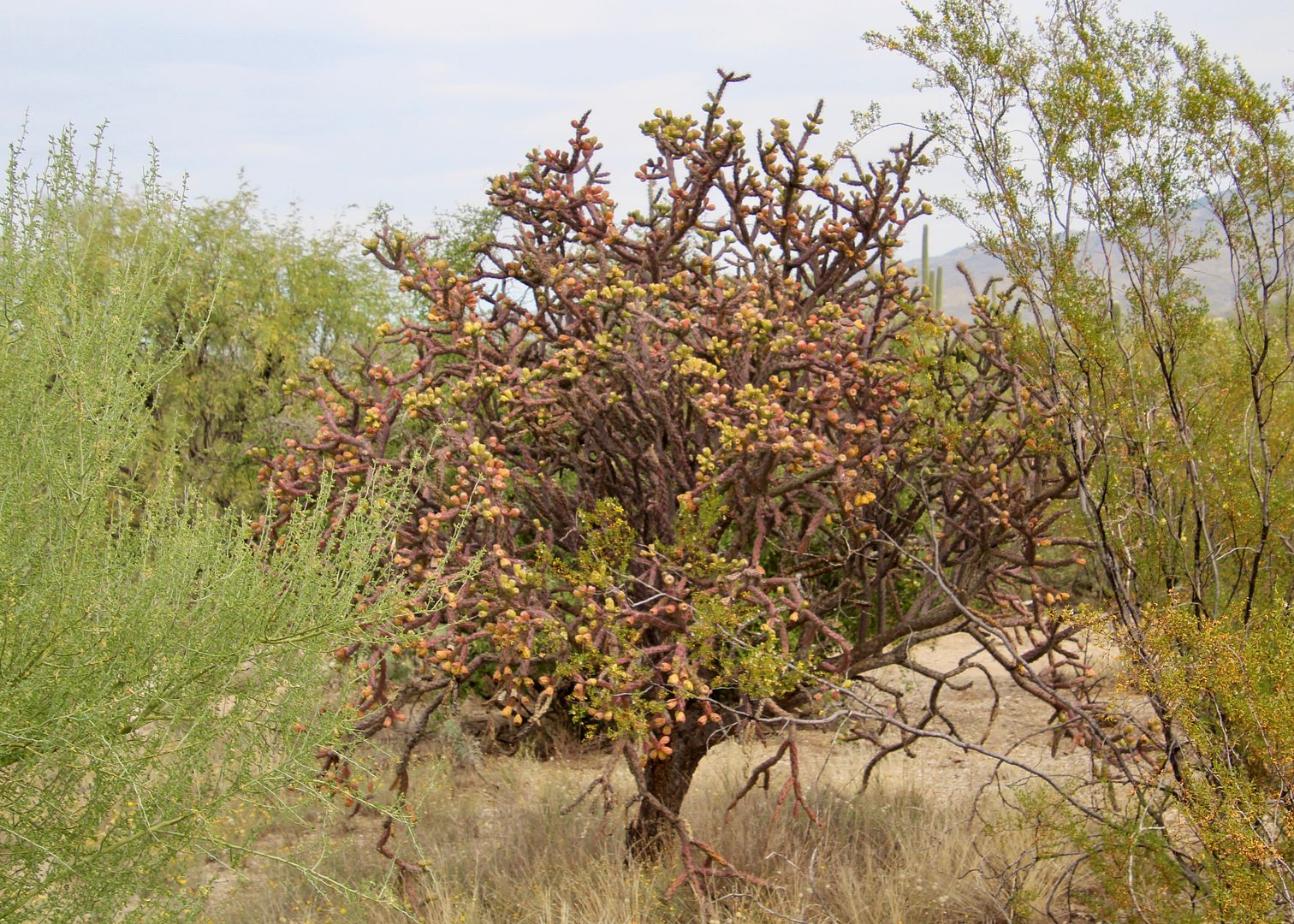

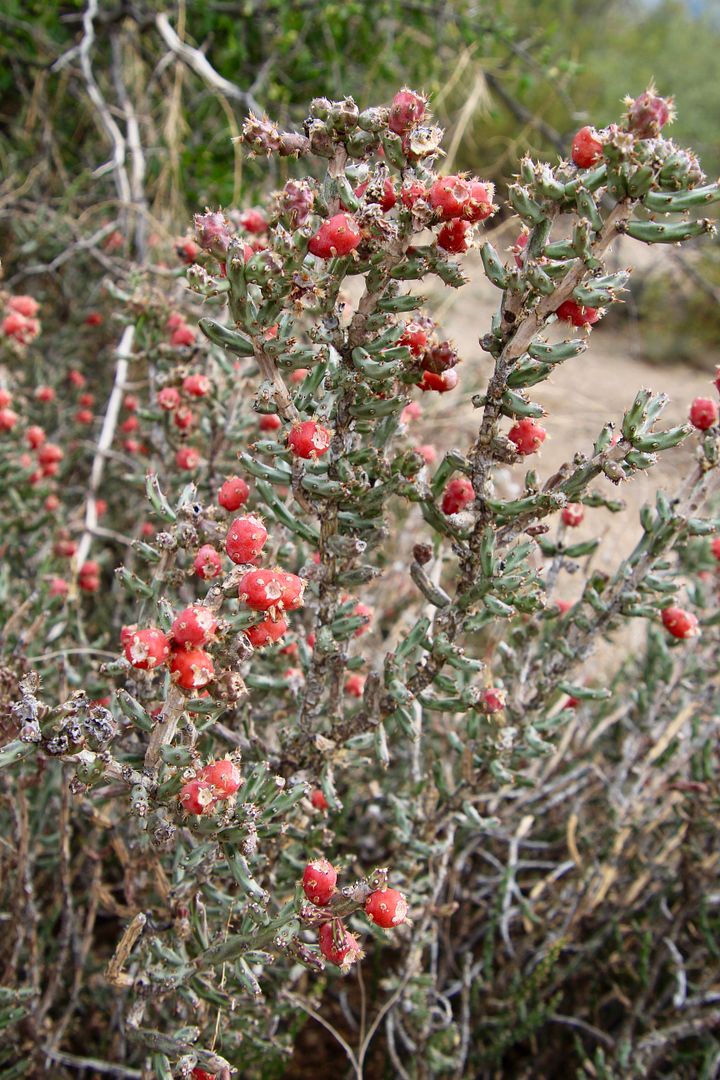
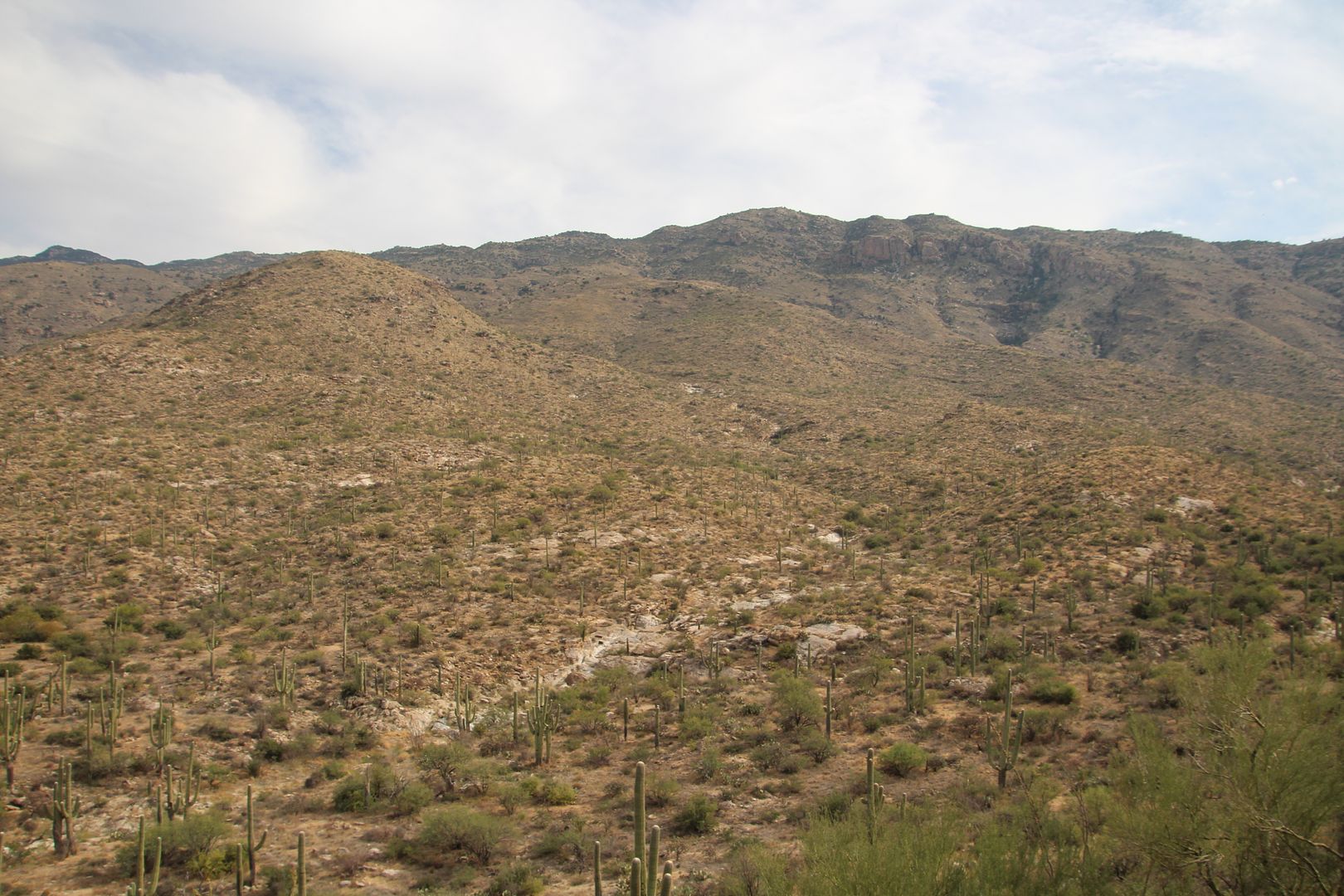
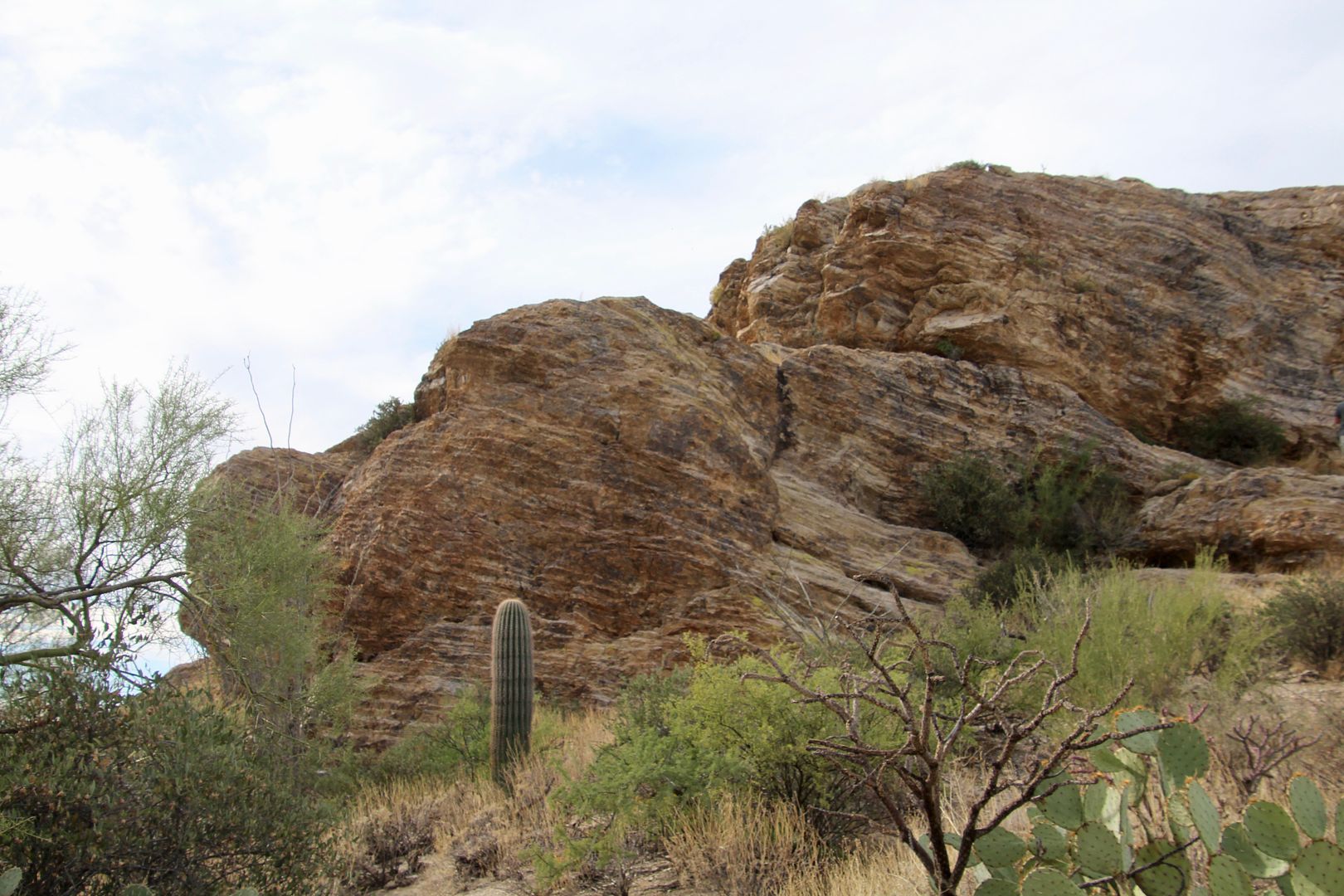
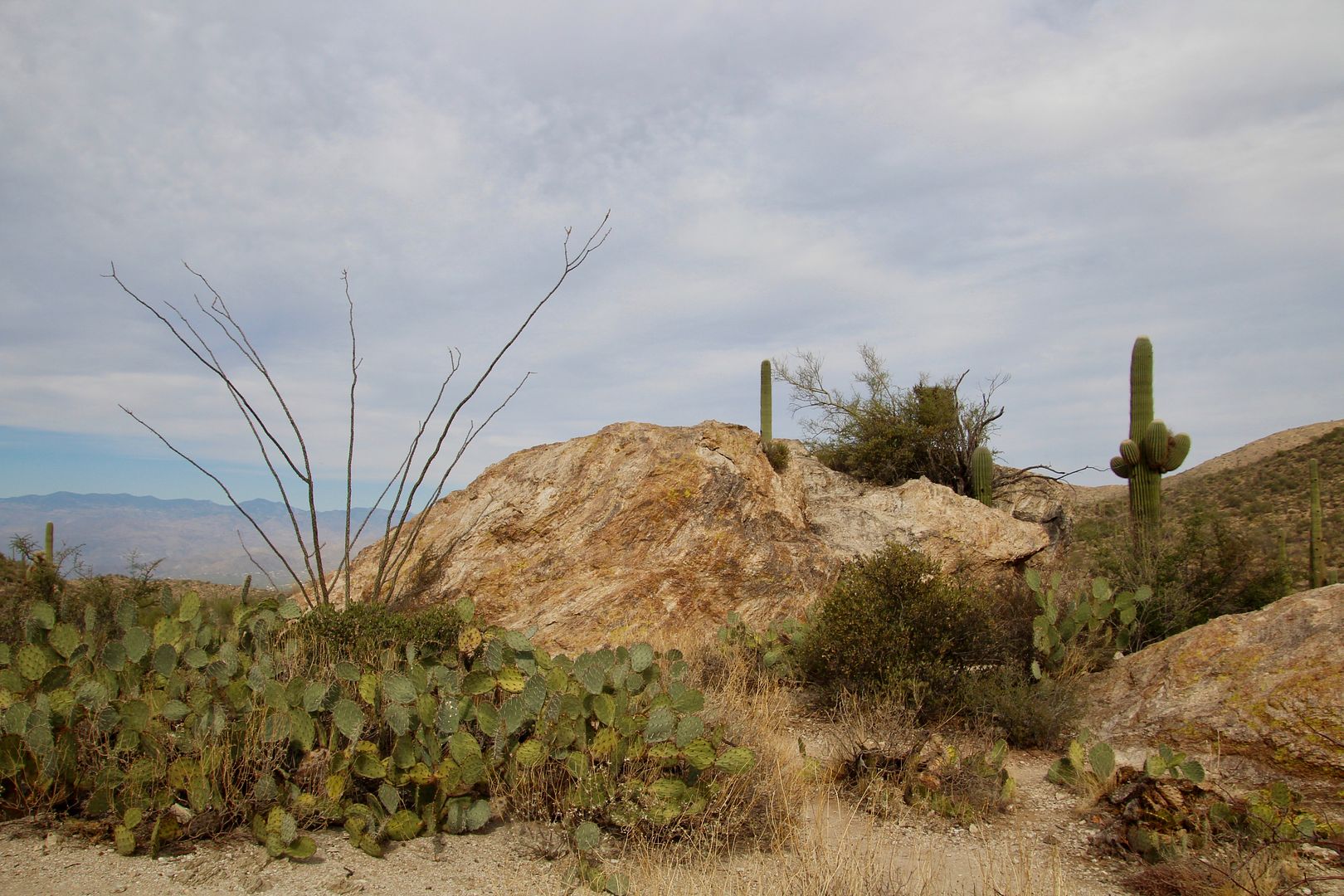
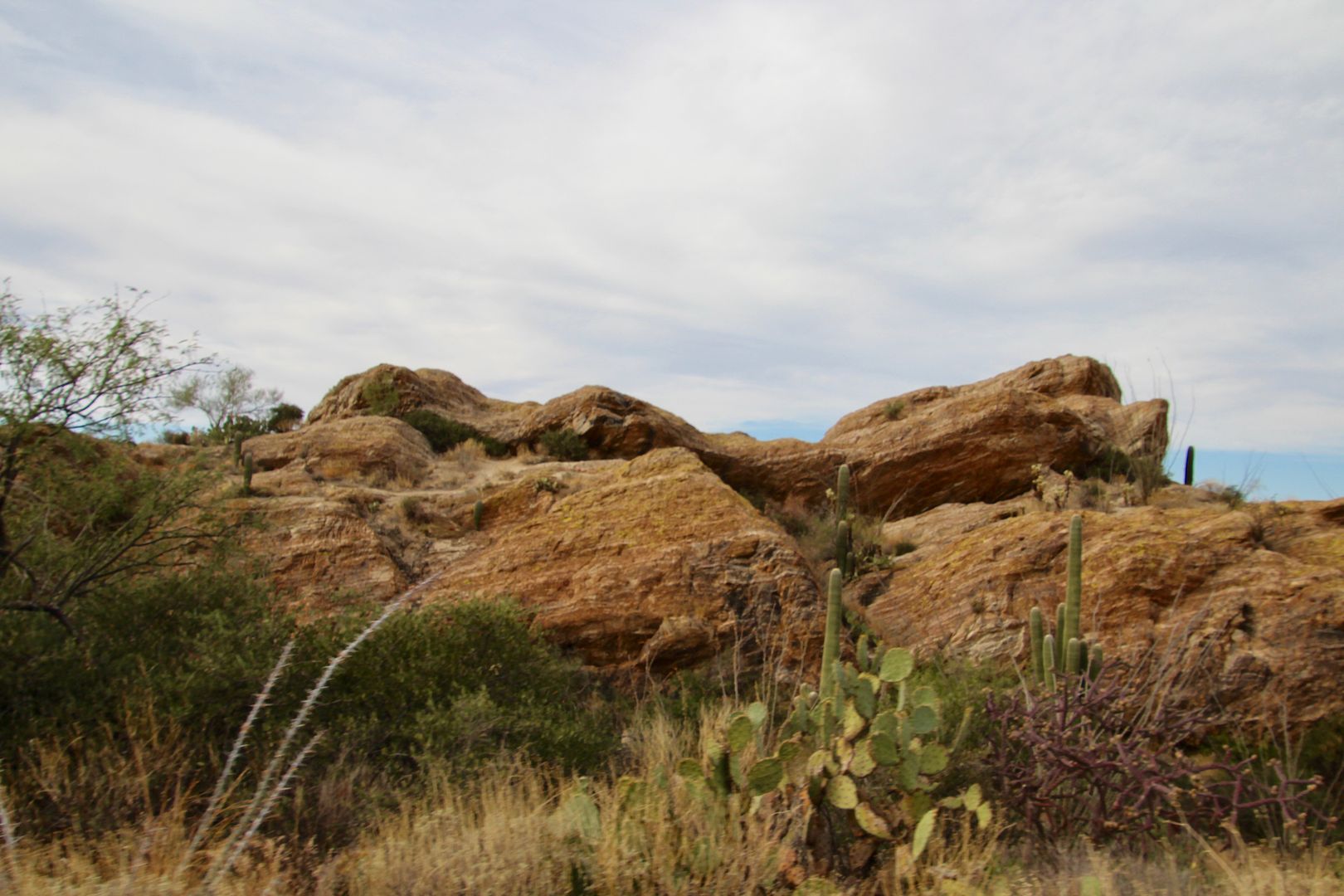
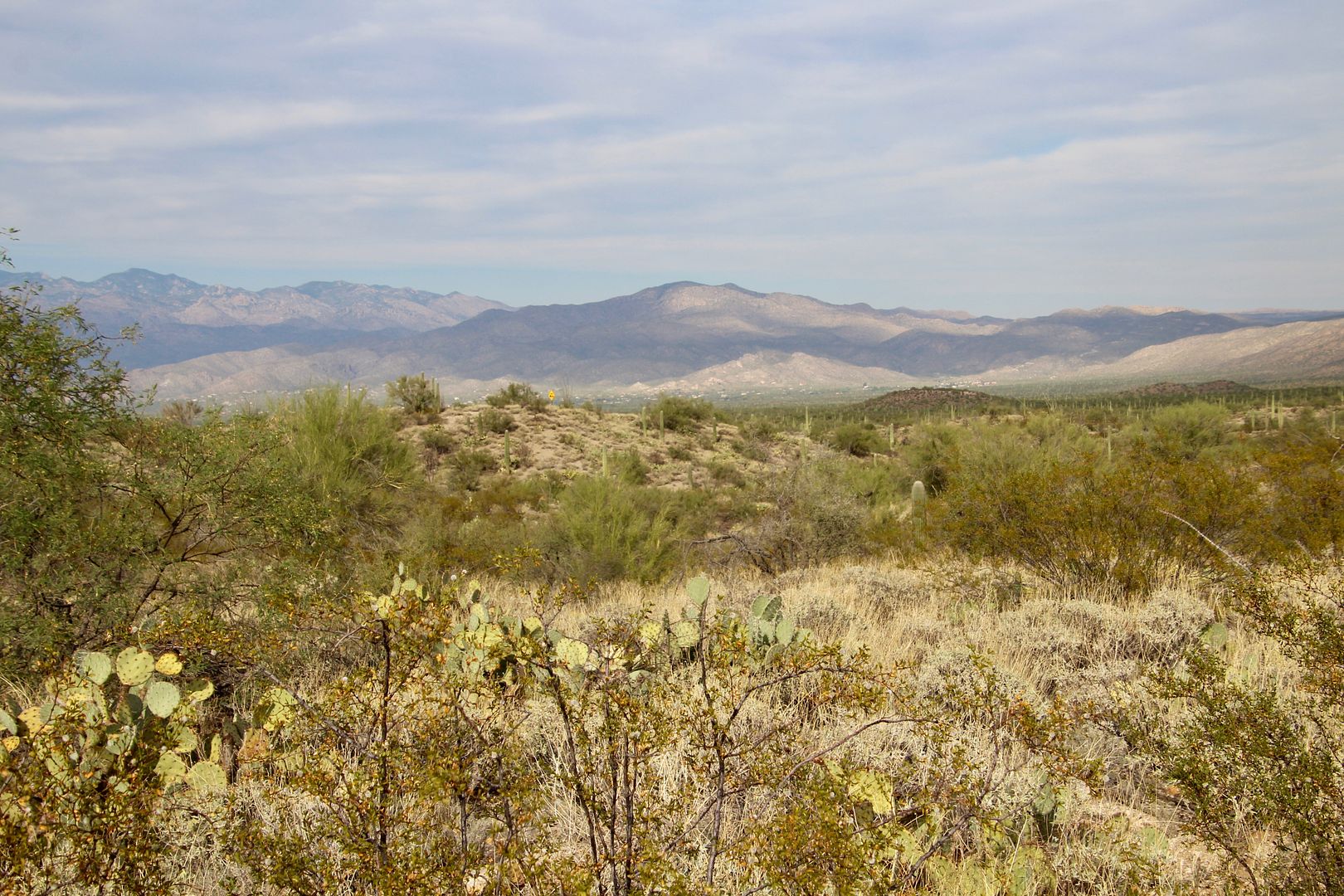
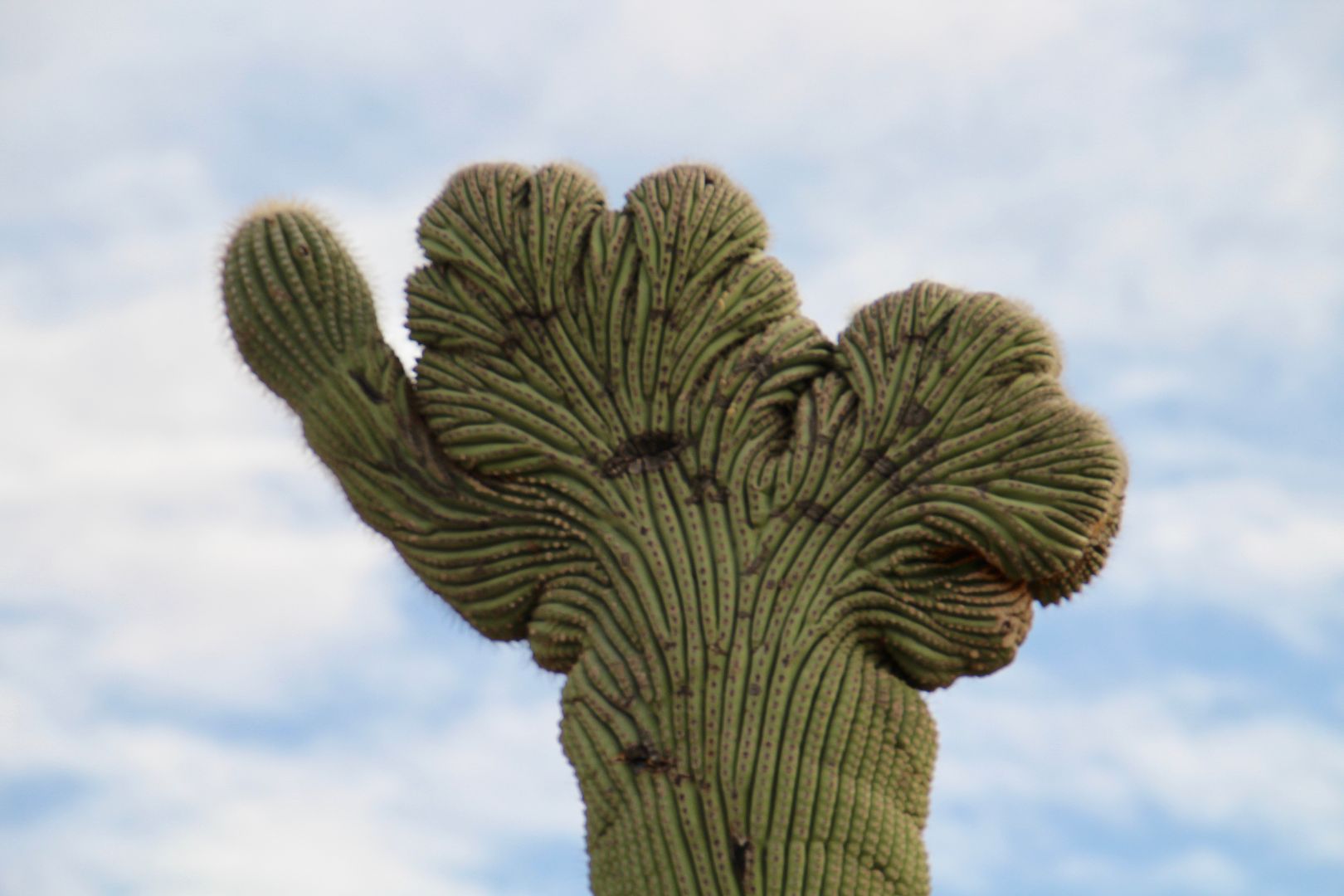
No comments:
Post a Comment